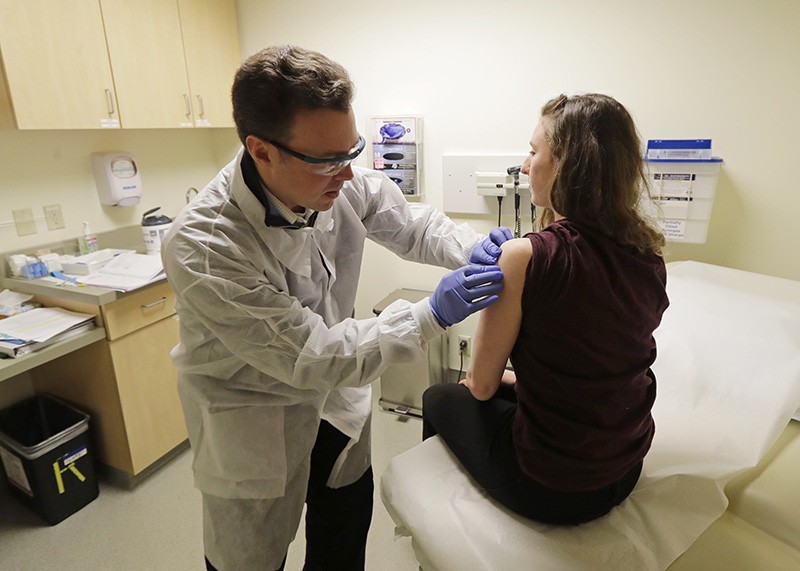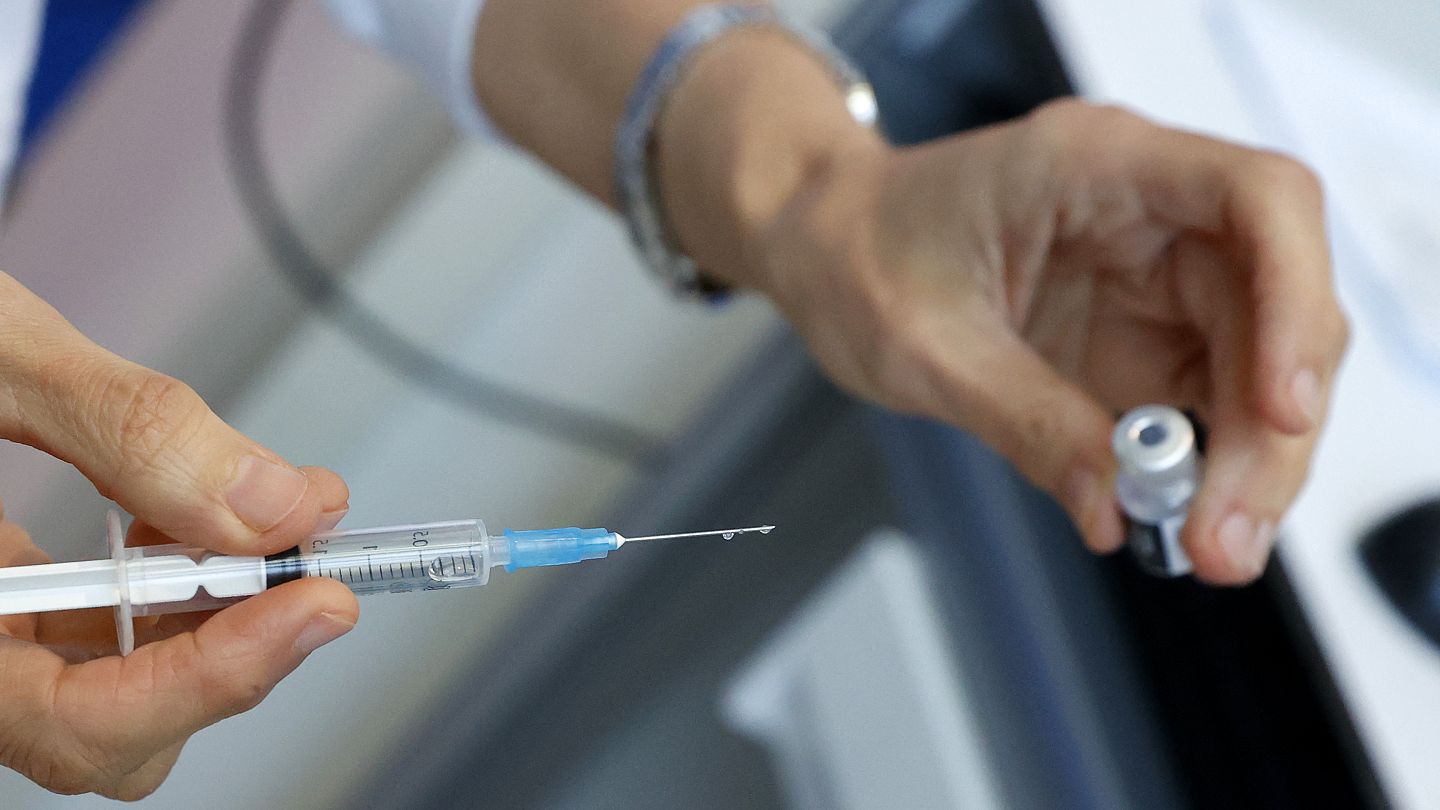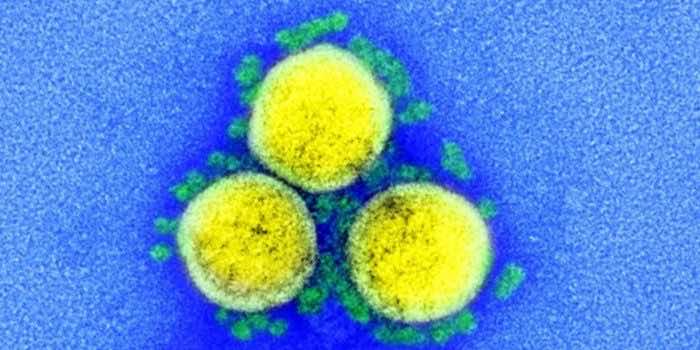Scientists deliberately infected young, healthy volunteers with SARS-CoV-2, the coronavirus that causes COVID-19 – and now, they’ve shared their first results from that experiment.
For the study, the researchers recruited 34 healthy volunteers ages 18 to 30; none of the participants had ever been infected with SARS-CoV-2 or received a COVID-19 vaccine. They were tested negative.
After this screening process, each volunteer received a low dose of SARS-CoV-2 through drops delivered up the nose. These drops had the same amount of virus found in a single droplet of nasal fluid from a person infected with the virus.
The version of SARS-CoV-2 used in the study predated the Alpha variant (or B.1.1.7, first detected in September 2020), but it differed from the original version of the virus in that it carried a mutation called D614G. This mutation affects the spike protein, which the virus uses to infect cells and is thought to increase the virus’s transmissibility.

After being exposed to the virus, 18 of the volunteers became infected, and of those, 16 developed mild to moderate symptoms, like sore throat, headache, muscle, and joint aches, fatigue, and fever. Roughly a third (or 13) of the infected participants lost their sense of smell; for 10 of these people, their senses of smell returned to normal within three months, but the final three still experienced deficits at that point.
Thankfully, “there were no severe symptoms or clinical concerns in our challenge infection model of healthy young adult participants,” the trial’s chief investigator, Dr. Christopher Chiu, an infectious-diseases physician and immunologist in the Department of Infectious Disease and the Institute of Infection at Imperial College London, said in the statement.
“For this reason, the study’s results are most representative of mild infections rather than severe ones”, he said.
In the 18 infected participants, the time from initial exposure to the first detection of the virus through tests was 42 hours. The researchers took swab samples from the participants’ throats and noses twice a day and calculated the amount of viable, or infectious, virus present using PCR tests and laboratory assays.
It was revealed that the amount of virus in the participants quickly increased after the incubation period. The virus could be detected in the throat first, about 40 hours after exposure, and then the nose, about 58 hours after exposure.
On average, the participants’ viral loads peaked five days after their initial exposure. Viral levels in the throat generally remained lower than those in the nose and peaked sooner, the team reported. All of the infected participants showed similar viral loads, regardless of their symptoms, according to The Guardian.
“We found that overall, lateral flow tests correlate very well with the presence of infectious virus” as confirmed by laboratory tests, Chiu said in the statement.

“Even though in the first day or two they may be less sensitive, if you use them correctly and repeatedly, and act on them if they read positive, this will have a major impact on interrupting viral spread.”
“While there are differences in transmissibility due to the emergence of variants, such as Delta and Omicron, fundamentally, this is the same disease, and the same factors will be responsible for protection against it,” Chiu said.
“From the point of view of virus transmission related to the very high viral loads, we are likely if anything to be underestimating infectivity because we were using an older strain of the virus,” he said.
“With a newer strain, there might be differences in terms of size of response, but ultimately, we expect our study to be fundamentally representative of this kind of infection.”


